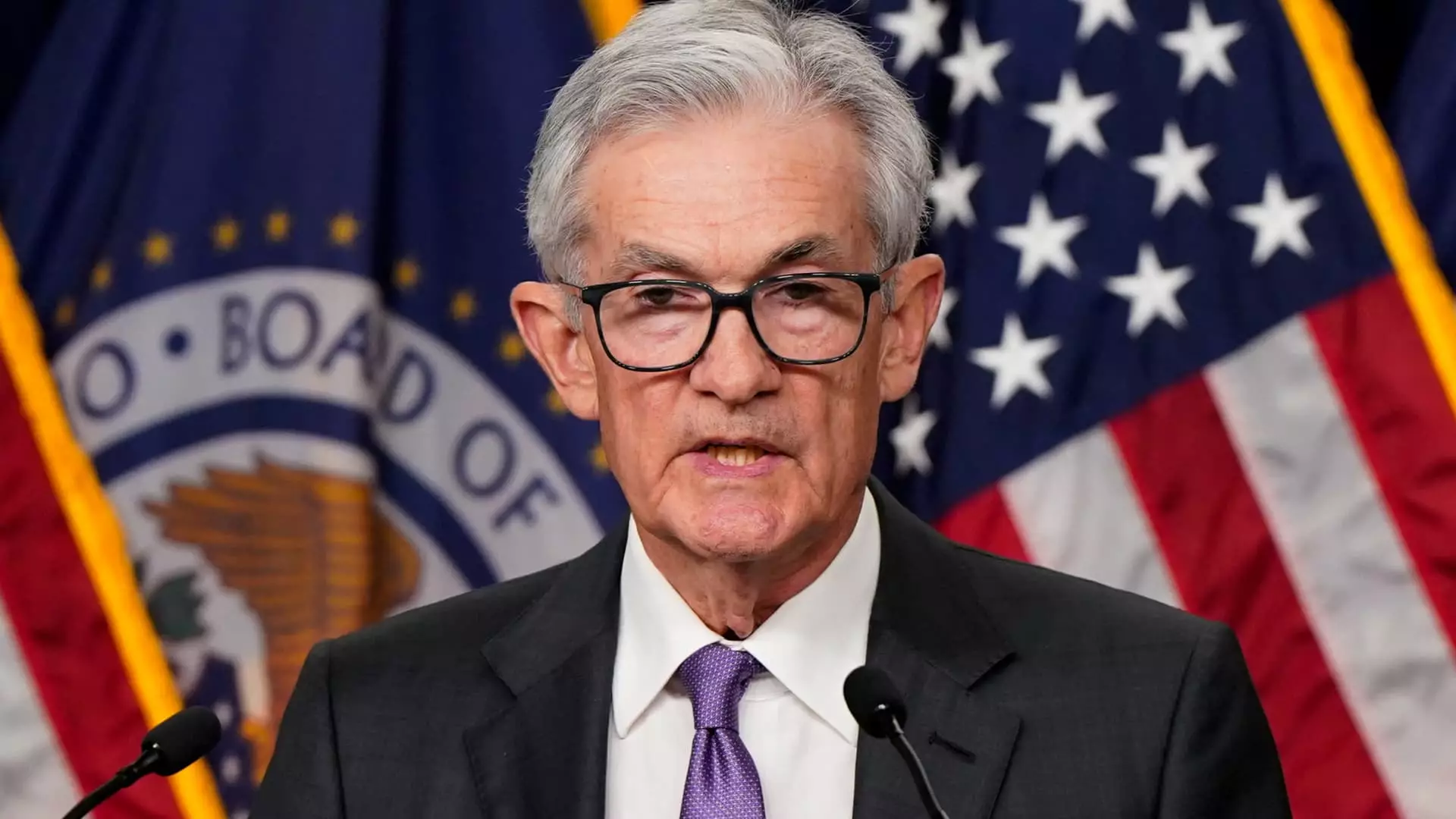On a significant day in the financial landscape of the United States, the Federal Reserve decided to cut interest rates for the first time since early in the Covid pandemic. This move, characterized by a dramatic reduction of half a percentage point, reflects an intricate balance of factors impacting the economy, particularly concerning the labor market and inflation. With job growth appearing to slow and inflation metrics declining, the Federal Open Market Committee (FOMC) aimed to support a fragile economic recovery by reducing the federal funds rate to a range of 4.75% to 5%. This article delves into the implications and motivations behind this critical monetary policy adjustment.
The Economic Context Behind the Decision
The backdrop of this decision is essential for understanding its significance. During times of economic duress, the Federal Reserve often takes decisive action to stimulate growth. The last time they enacted a half-point cut was during the turbulence of the 2008 financial crisis, emphasizing the gravity of the current situation. Recent trends in the job market, characterized by a decline in job gains and an uptick in the unemployment rate, prompted this dramatic pivot in policy. The effects of the rate cut have reverberating impacts on consumer borrowing costs, affecting various products like mortgages, credit cards, and auto loans.
Moreover, the FOMC’s latest projections revealed an anticipated trajectory where the benchmark rate could potentially decrease by as much as two percentage points in the coming years, indicating a cautious optimism regarding inflation trends. The committee’s dot plot offers further insight into officials’ expectations, reinforcing the perception that a more accommodating monetary policy may be on the horizon.
Dissenting Views and Complexities
Notably, within the FOMC’s vote, there was dissent, with one member, Governor Michelle Bowman, advocating for a more conservative quarter-point cut. This marked the first dissent by a governor since 2005, underscoring a divergence in viewpoints on the best approach to navigating the economic landscape. The intra-committee division reveals the complexities of monetary policy decision-making and the challenges faced by the Federal Reserve in maintaining stability while fostering growth.
Chair Jerome Powell emphasized the importance of a balanced approach in his subsequent address, aiming to ensure price stability while avoiding adverse impacts on employment. His remarks indicate a deep awareness of the delicate equilibrium that must be maintained as the Fed responds to a shifting economic environment.
Market reactions to the rate cut exhibited volatility, highlighting the uncertainties surrounding the Fed’s decision. The immediate surge in the Dow Jones Industrial Average by as much as 375 points was tempered as traders processed the implications of the cut. Analysts have pointed out that while the rate cut may signal a commitment to stimulating the economy, it does not indicate a blanket agreement on future cuts. Powell’s comments reinforced this notion, suggesting a more nuanced view where the central bank avoids pre-committing to subsequent rate reductions.
Despite the positive indicators of economic growth, including a stable gross domestic product (GDP) and ongoing strength in consumer spending, inflation remains a concern. Current inflation measures hover around 2.5%, still above the Fed’s target, signaling that while progress has been made, significant work remains to align various economic metrics.
As the Federal Reserve navigates the complex waters of monetary policy, the trajectory of interest rates remains a focal point for economists and market participants. The potential for further cuts in the future may depend not only on domestic conditions but also international factors, as other central banks adjust their policies in response to global trends. The interconnectedness of the global economy means that the Fed’s decisions will likely reverberate beyond the confines of U.S. borders, influencing monetary policy in Europe, Canada, and beyond.
At the same time, the Fed’s continuation of its quantitative tightening program, designed to reduce the size of its balance sheet, suggests a commitment to responsible financial management. As the Fed allows the gradual roll-off of maturing Treasurys and mortgage-backed securities, scrutiny of the efficacy of these policies will be essential.
The Federal Reserve’s decision to implement its first interest rate cut since the onset of the pandemic represents a calculated and strategic effort to respond to a multitude of economic indicators, particularly in relation to labor market dynamics and inflationary pressures. As the Fed embarks on this new chapter of its monetary policy journey, careful monitoring of economic developments and a flexible approach will be paramount to successfully steering the economy toward sustainable growth and stability while avoiding the pitfalls of past financial crises. The ongoing dialogue among Fed officials, market participants, and policymakers will shape the future trajectory of interest rates and economic health, influencing the financial landscape for years to come.

